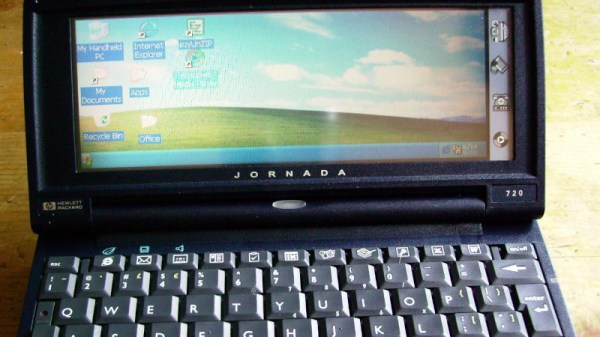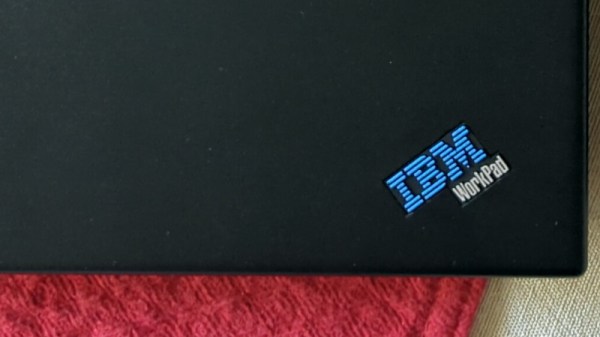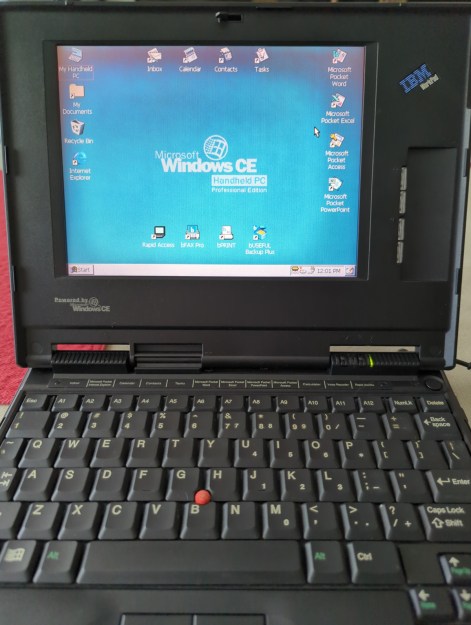Most of us probably now have a smartphone, an extremely capable pocket computer — even if sometimes its abilities are disguised a little by its manufacturer. There are many contenders to the crown of first smartphone, but in that discussion it’s often forgotten that the first generally available such devices weren’t phones at all, but PDAs, or Personal Digital Assistants. The fancier ones blurred the line between PDA and laptop and were the forerunner devices to netbooks, and it’s one of these that [Remy] is putting through its paces. He makes the bold claim that it can do things the iPhone can’t, and while the two devices are in no way comparable he’s right on one point. His HP Journada 720 can host a development environment, while the iPhone can’t.
The HP was something of a turn-of-the-millennium object of desire, being a palmtop computer with a half-decent keyboard a 640×240 pixel TFT display, and 32 MB of RAM alongside its 206 MHz Intel StrongARM CPU. Its Windows CE OS wasn’t quite the desktop Windows of the day, but it was close enough to be appealing for the ’90s exec who had everything. Astoundingly it has more than one Linux distro that can run on it with some level of modernity, which is where he’s able to make the claim about the iPhone being inferior.
We remember the Journada clamshell series from back in the day, though by our recollection the battery life would plummet if any attempt was made to use the PCMCIA slot. It was only one of several similar platforms offering a mini-laptop experience, and we feel it’s sad that there are so few similar machines today. Perhaps we’ll keep an eye out for one and relive the ’90s ourselves.
















